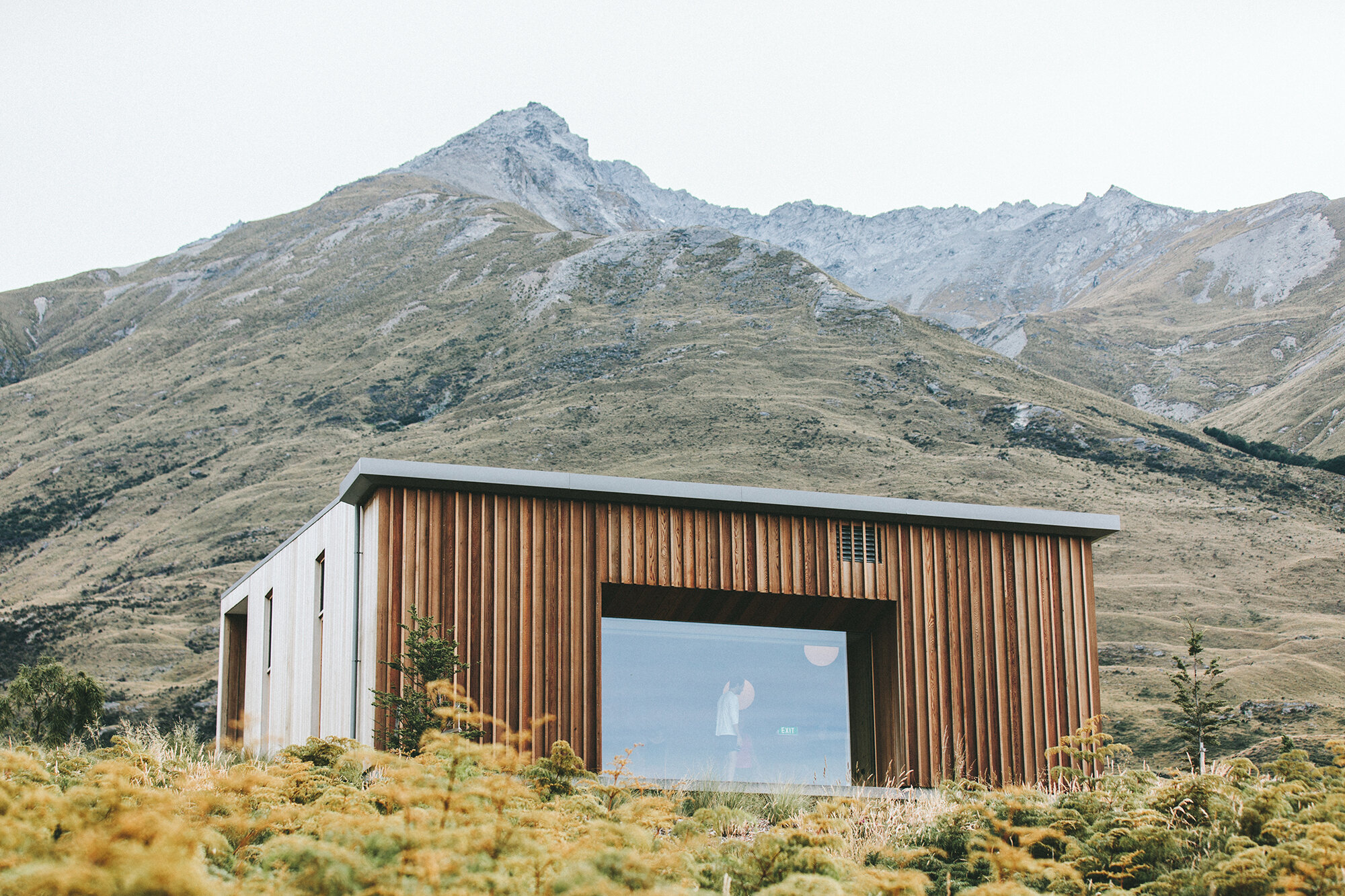How I transformed overwhelming data and operational tasks into a sleek, user-friendly tool for RockX’s museum admin.
Data Driven Action: Orchestrating Success!
The challenge
Demystify Notion for mobile users to improve app usability and encourage app retention.
Product type:
B2C, App Design, Redesign
My Role:
UX Lead, Product research, heuristic evaluation, user research, insight generation, concept building, prototyping, user testing.
Project Goals:
Identify a mobile app to improve usability.
Conduct competitor research, user research and interface evaluation to identify opportunities for redesign.
Create redesign and compare usability study metrics to quantify changes.
Duration: 12 weeks
Toolkit: Figma, FigJam, Adobe Color, Zoom, GSuite
SNEAK PEEK
Curious about what I made? Here’s a quick peek before we dive into the details.
RESEARCH AND DISCOVERY
Notion markets itself as an “all in one workplace” that provides its users lego style building blocks to customize the product to each user’s unique needs. This high degree of flexibility and personalization means the app attracts users of all types and abilities. This mammoth undertaking has positioned Notion as a Billion dollar venture but users still report drastically different experiences on the desktop application vs mobile.
Research and Discovery
My journey began with a deep dive into understanding the intricacies of running a museum from an admin’s perspective. I started with a design brief provided by my instructor, which outlined the museum's operational context and highlighted the daily tasks and challenges faced by the admin. This brief was instrumental in setting the stage, as it detailed the key areas of focus—managing exhibits, organizing events, tracking web analytics, and handling specific assets like guitars.
To broaden my understanding, I extended my research to real-world examples by studying established museum webpages, such as those of The MET. I analyzed how these institutions present their information, navigate user interactions, and tackle operational complexities through their digital interfaces. Observing these platforms helped me identify common patterns, intuitive layouts, and innovative ways to display large amounts of data without overwhelming the user.
Additionally, to inject a more personalized perspective into the research, I leveraged ChatGPT to simulate the role of a museum admin. By "pretending" to be a museum administrator, I could ask targeted questions and uncover nuanced details about the day-to-day workflow that might not be immediately evident from the design brief alone. This conversational exploration provided me with fresh insights, allowing me to empathize with the user and understand the critical balance between operational efficiency and data clarity.
Conceptual model development
Armed with these insights, I moved on to conceptualize the solution by mapping out the key elements that the dashboard must accommodate. I began by breaking down the user’s tasks into fundamental components:
Objects: Exhibits, events, guitars, (AR) tours, members and the financial aspect of the museum i.e money.
Actions: Manage i.e CRUD (Create, Read, Update, Delete) and track operations performed on these objects.
By synthesizing the information gathered from the design brief, competitive analysis of museums like The MET, and the simulated admin interactions via ChatGPT, I was able to create a journey map and translate multifaceted user stories into tangible design components. This conceptual model served as the backbone of the dashboard design, guiding the subsequent steps in the development process and ensuring that every feature addressed a real user need.
The power of prioritizing
Once the foundational elements of the user’s tasks were mapped out, the next critical step was to sort through these elements to identify what truly mattered most to the museum admin. To achieve this, I developed a Priority Matrix—a tool that helped distill the diverse user requirements into a focused, actionable framework.
Data visualization to the rescue
To transform routine investigative work into an engaging and rewarding experience, I developed two interconnected games that drive faster, more accurate decision
Why it works
“Excellent project deliverable from both the UX perspective and covering the full brief. You clearly have a future in enterprise UX and data visualization design if you choose to follow this path.”
Daniel Rosenberg (adjunct prof., SJSU /former SVP-Head of Global UX, SAP)
My takeaway
It all begins with an idea. Maybe you want to launch a business. Maybe you want to turn a hobby into something more. Or maybe you have a creative project to share with the world. Whatever it is, the way you tell your story online can make all the difference.
Don’t worry about sounding professional. Sounds like you. There are over 1.5 billion websites out there, but your story is what’s going to separate this one from the rest.




